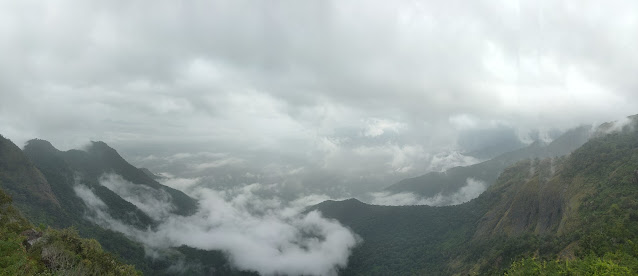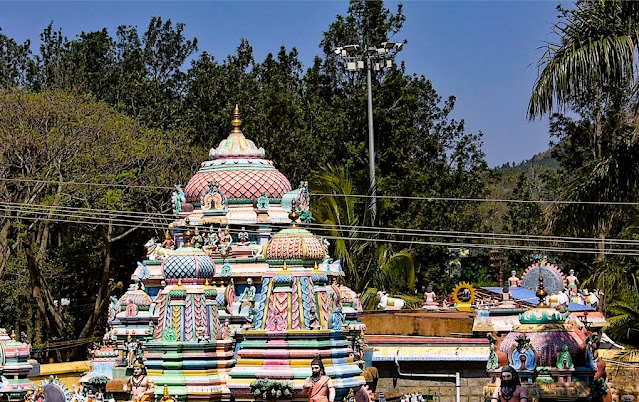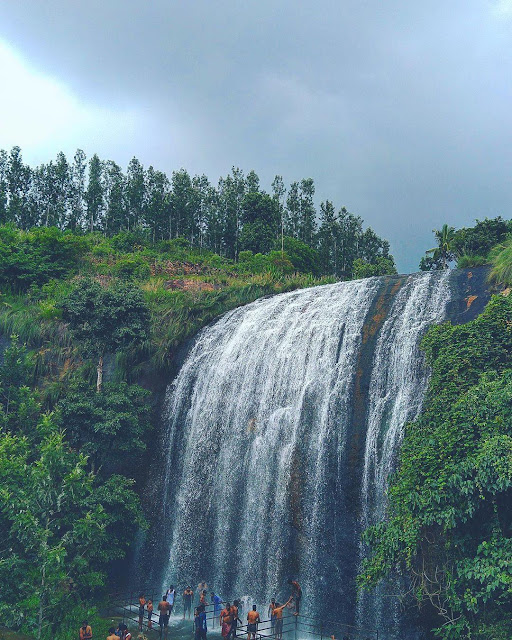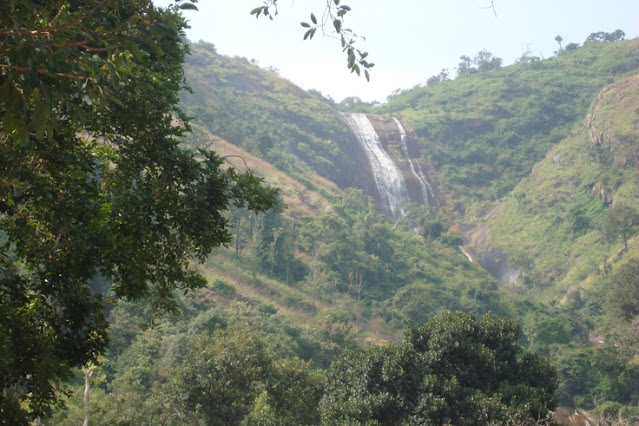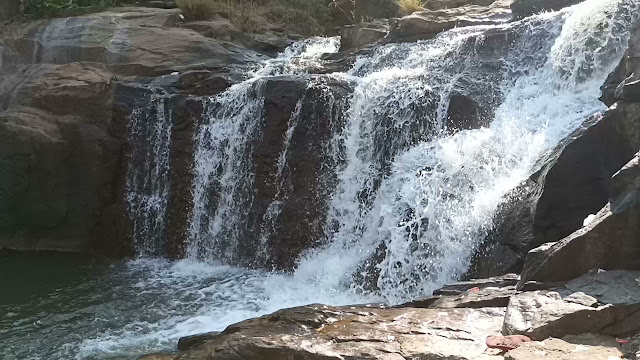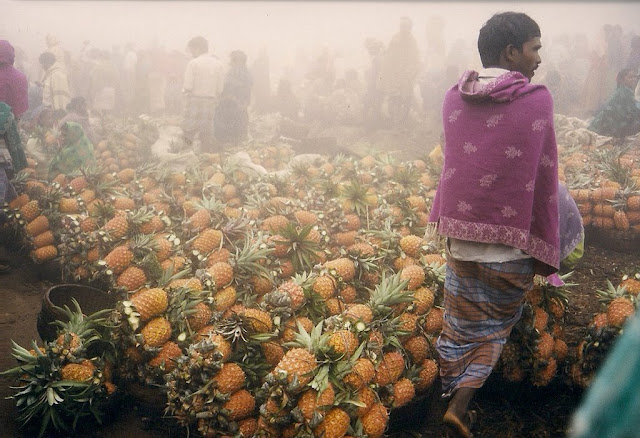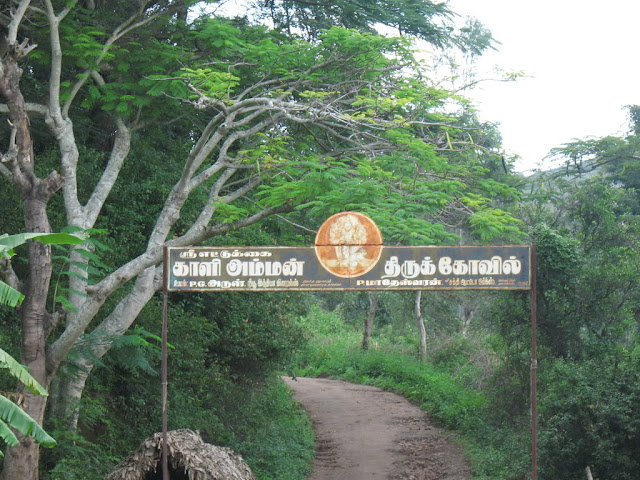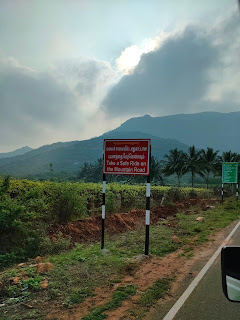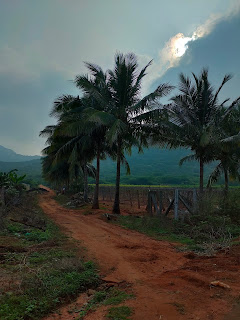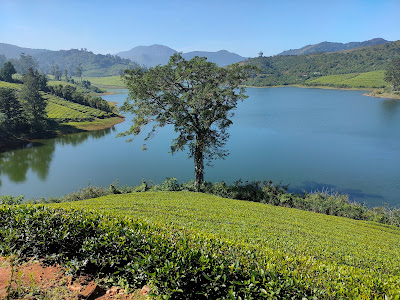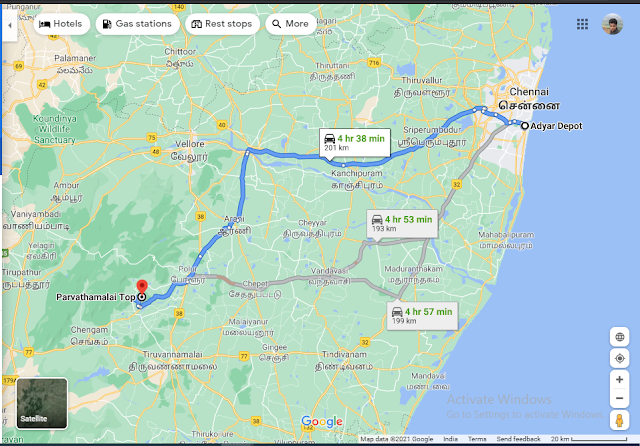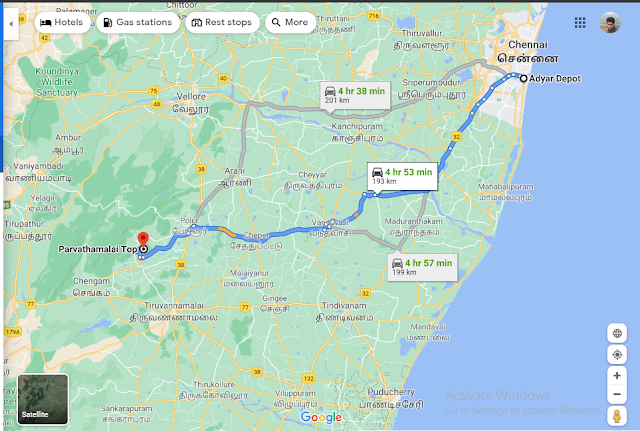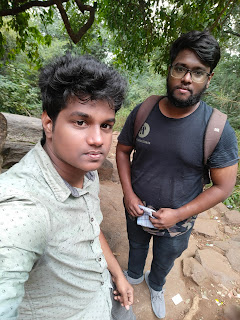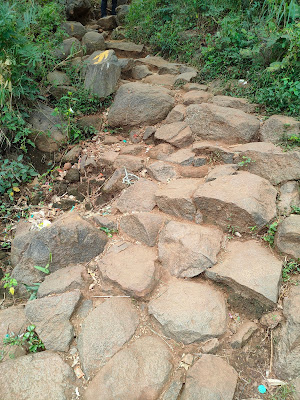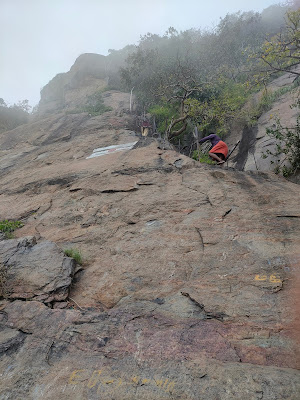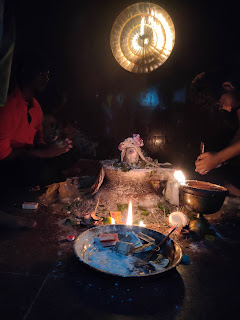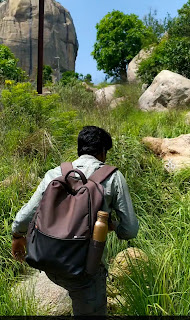Crawling is discovering new websites or web pages and changes in the existing sites by search engines. It is done with the help of artificial intelligence and machine learning. The search engines use a computer program called spider or bots which crawls the website. They follow a set of algorithms to determine which site to crawl first and how often it should crawl.
Google names its program “spider,” which is why it is called crawling. Each search engine has its type of computer program named differently. For Instance, Yahoo names their program “slurp”. They also follow other links mentioned in the content and crawl it later. In simple terms, Crawling means scanning the webpage’s text, images, hyperlinks, HTML, CSS, JavaScript and other files. Once it is scanned, this information is processed and then indexed.
You can check the crawled status of a URL by using a google operator named cache:example.com. For Instance, if the URL is www.moz.com use a cache operator to check when the website/web page was last crawled. In the below image, Google displays a snapshot of the date and the time the website was crawled. Google has two crawlers
- Googlebot smartphone - Primary crawler
- Googlebot Desktop - Secondary crawler

What is Crawling in SEO
What is Indexing in SEO?
Indexing is analysing the crawled website and adding it to Google's database. The blog/ webpage can either be indexed or not indexed. It purely depends on the quality of content and other Google guidelines. When the Google spider discovers a new website, Google passes the text, images, and meta-tags to the indexing phase, where the computer program understands the context of the content. In layman's terms, indexing is figuring out the content and its purpose to the user.
You can check the indexing status of a URL by using a google operator named site:example.com. For Instance, if the URL is www.moz.com, use a site operator to check when the website/web page is indexed or not. If you get the result in the SERP like this, it means your web page is indexed.
The indexing can also be done manually with the help of the Google Search Console tool. Since mobile users are higher than desktop users, Google does mobile-first indexing to give a better user experience. To get your site indexed faster, optimise for mobile, including better UI/UX, loading time, and navigation.

What is Indexing in SEO
Ranking
The ranking means playing the results whenever the keywords enter the search box. Google has hundreds of ranking signals to decide which site to rank first. Once the web page is indexed, you have to optimise the content with relevant keywords in the content and meta-descriptions.
Once the website is optimised, your content will be displayed on the search results by outranking the competitors. The results displayed on the search results are called Search Engine Results Page. (SERP)

What is crawling and indexing in SEO
How often does Google crawl a site?
Google crawlers come across billions of new web pages and sites every day. So it is virtually impossible to crawl all those pages every day. Google uses its resources and tools wisely. If the webpage has usability errors or thin content, Google is less inclined to crawl your site.
Google always loves fresh content. If your website is updated regularly with useful, unique and relevant content, the crawl time might be reduced. More the content, less the crawl time. Depending on the website's freshness and activeness, Google Spiders can crawl your webpage every four days. But it is not the same in every case. Google can crawl an article or webpage in 15 minutes, depending on how popular the website is. Technically, the frequency of crawling is known as Crawl budget. Google may crawl 6 pages in a day or even 5000 pages in a day. It depends on the healthiness of your site and by following best Search Engine Optimization practices.
Difference between Crawling and Indexing
Indexing is analysing the crawled website and adding it to Google's database. The blog/ webpage can either be indexed or not indexed. It purely depends on the quality of content and other Google guidelines. When the Google spider discovers a new website, Google passes the text, images, and meta-tags to the indexing phase, where the computer program understands the context of the content. In layman's terms, indexing is figuring out the content and its purpose to the user.
You can check the indexing status of a URL by using a google operator named site:example.com. For Instance, if the URL is www.moz.com, use a site operator to check when the website/web page is indexed or not. If you get the result in the SERP like this, it means your web page is indexed.
The indexing can also be done manually with the help of the Google Search Console tool. Since mobile users are higher than desktop users, Google does mobile-first indexing to give a better user experience. To get your site indexed faster, optimise for mobile, including better UI/UX, loading time, and navigation.

What is Indexing in SEO
Ranking
The ranking means playing the results whenever the keywords enter the search box. Google has hundreds of ranking signals to decide which site to rank first. Once the web page is indexed, you have to optimise the content with relevant keywords in the content and meta-descriptions.
Once the website is optimised, your content will be displayed on the search results by outranking the competitors. The results displayed on the search results are called Search Engine Results Page. (SERP)

What is crawling and indexing in SEO
How often does Google crawl a site?
Google crawlers come across billions of new web pages and sites every day. So it is virtually impossible to crawl all those pages every day. Google uses its resources and tools wisely. If the webpage has usability errors or thin content, Google is less inclined to crawl your site.
Google always loves fresh content. If your website is updated regularly with useful, unique and relevant content, the crawl time might be reduced. More the content, less the crawl time. Depending on the website's freshness and activeness, Google Spiders can crawl your webpage every four days. But it is not the same in every case. Google can crawl an article or webpage in 15 minutes, depending on how popular the website is. Technically, the frequency of crawling is known as Crawl budget. Google may crawl 6 pages in a day or even 5000 pages in a day. It depends on the healthiness of your site and by following best Search Engine Optimization practices.
Difference between Crawling and Indexing
Crawling is the process of discovering the pages and following links that lead to the other pages.
Indexing is adding the content (text, image, infographic and video) to Google’s directory. The relevant information is stored on the respective servers, and the relevant result is shown on the SERP. The video below clearly explains Indexing, crawling and ranking in a simplified way.
